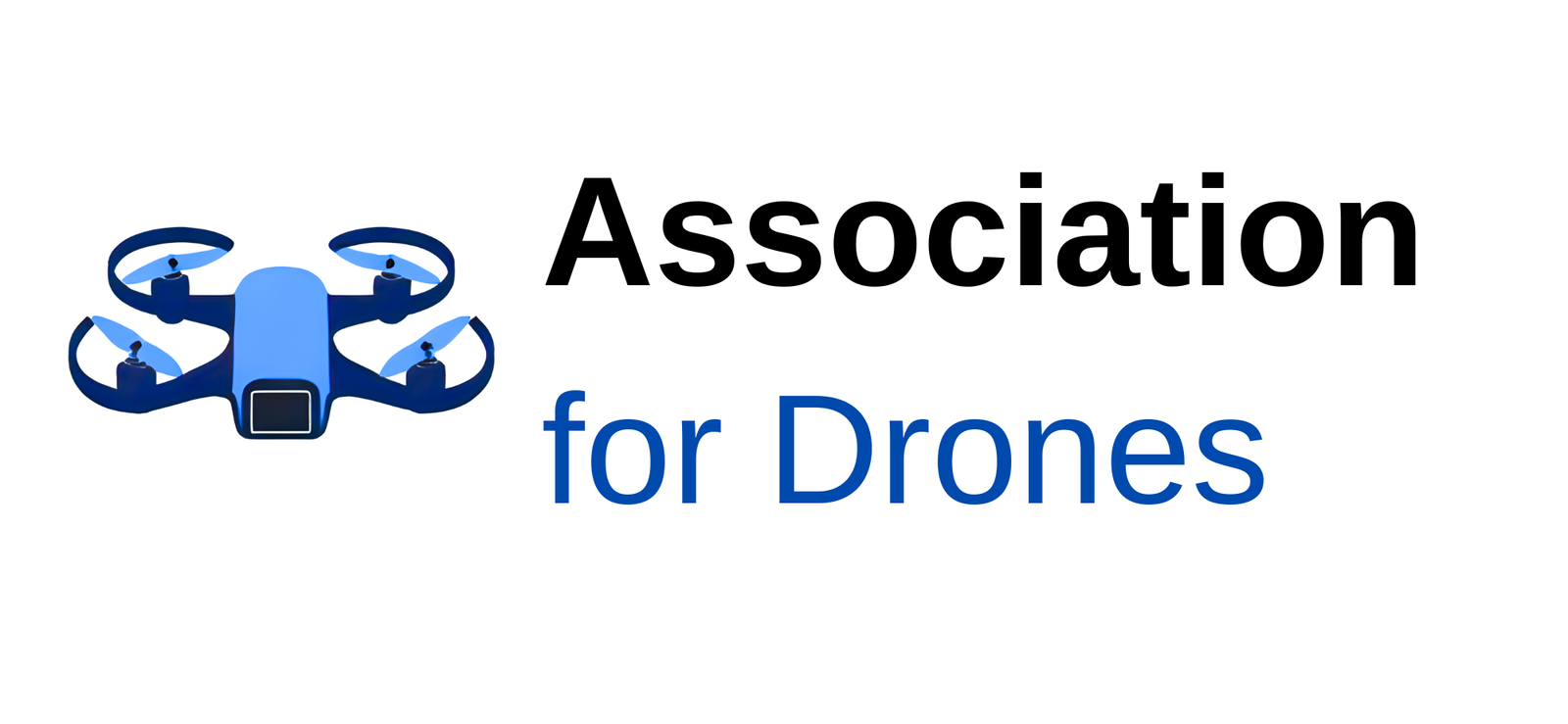Drones are no longer just local tools—they’re global. From filming in Bali to inspecting power lines in Europe, operators are increasingly taking their drones across borders. But unlike carrying a camera or laptop, flying a drone abroad means entering a tangled web of international aviation laws.
Whether you’re a recreational pilot or a commercial operator, understanding international drone laws is critical to staying compliant and avoiding hefty fines—or worse, having your drone confiscated at customs.
1. Why Drone Laws Differ So Widely
Unlike traditional aviation, where international treaties create harmonized rules, drone regulations are still country-specific. Each government decides:
- Where drones can fly (airspace categories, altitude limits).
- Who can fly them (licensing, certification).
- What drones must have (Remote ID, insurance, geo-fencing).
- How drones interact with privacy, security, and safety laws.
The result: what’s perfectly legal in one country may be banned outright in another.
2. Broad Global Frameworks
Even though rules differ, some regional frameworks are shaping global standards:
- United States (FAA): Governed by Part 107 for commercial use, Remote ID is now mandatory, and BVLOS rules are under development.
- Europe (EASA): The EU has harmonized regulations across member states, with categories: Open, Specific, and Certified. Remote ID and U-space services are mandatory in many urban contexts.
- Asia-Pacific: Countries like Japan and Singapore are actively regulating for UAM (Urban Air Mobility) and medical deliveries. China tightly controls drones but remains the world’s largest manufacturer.
- Africa: Some nations (Rwanda, Ghana) are innovation leaders, enabling BVLOS delivery operations; others have restrictions or bans.
3. Common Rules Across Borders
Despite differences, some patterns repeat globally:
- Registration: Most countries require drones above 250g to be registered.
- Weight categories: Light drones (<250g) face fewer restrictions in many jurisdictions.
- Altitude limits: 120m (400 ft) is the most common ceiling.
- VLOS requirement: Nearly all countries restrict flights to within visual line of sight unless special permits are granted.
- No-fly zones: Airports, military bases, government buildings, and crowded public spaces are almost universally off-limits.
- Insurance: Mandatory in Europe for commercial flights; recommended everywhere.
4. Country Spotlights
United States
- Commercial pilots need a Part 107 certificate.
- Remote ID mandatory since 2024.
- LAANC system streamlines airspace authorizations.
European Union
- Harmonized EASA rules apply across 27 countries.
- Categories: Open (low-risk), Specific (higher-risk with operational authorization), Certified (like manned aviation).
- Remote ID mandatory; U-space airspace rolling out.
United Kingdom
- Post-Brexit, the UK Civil Aviation Authority (CAA) mirrors EU rules but with separate registration.
- Flyers need an Operator ID and sometimes a Flyer ID.
Canada
- Pilots must be certified for drones >250g.
- Two categories: Basic and Advanced operations.
- BVLOS requires special approval.
China
- Strictest major market. All drones over 250g must be registered with real-name ID.
- Foreign operators often need local sponsorship and permits.
- Drones restricted in many urban areas unless approved.
Australia
- CASA regulates.
- Sub-2kg drones can be flown commercially without a license (in specific conditions).
- BVLOS and urban flights need exemptions.
Rwanda & Ghana
- Pioneers of drone delivery (Zipline).
- Clear frameworks for BVLOS and humanitarian logistics.
- Proof that developing nations can lead in innovation.
Middle East (UAE, Saudi Arabia)
- UAE has strict no-fly areas but supports UAM and commercial pilots through permits.
- Dubai regularly tests urban air mobility.
5. Crossing Borders with Your Drone
Flying with your drone internationally? Here’s a checklist:
✅ Check local laws before departure. Regulations change fast—visit the aviation authority website.
✅ Register if required. Some countries require registration before entry (e.g., EU states).
✅ Customs considerations. In some nations (like India), drones can be seized if improperly declared.
✅ Insurance. Carry proof of liability coverage.
✅ Permits for commercial use. Filming, mapping, or delivery work almost always requires prior approval.
✅ Respect privacy and culture. Some countries are more sensitive to aerial surveillance than others.
6. Future of International Drone Regulations
The long-term goal is harmonization—so pilots can fly across borders with minimal red tape, just like international aviation today. Initiatives include:
- ASTM F3411 standard for Remote ID, adopted widely.
- ICAO (International Civil Aviation Organization) exploring global UAS frameworks.
- UTM/U-space adoption to create interoperable digital traffic systems.
But until these mature, operators must navigate a patchwork of national rules.
7. Final Tips for Pilots
- Do your homework: Laws vary not just by country but sometimes by state/province.
- Stay updated: Rules evolve quickly—what was illegal yesterday may be legal today.
- Err on the side of caution: Fly low-risk missions when abroad unless you have permits.
- Join local clubs: They often provide the most up-to-date insights into what’s allowed.
Conclusion
Flying drones internationally is possible—but it’s not as simple as packing your gear. Each border crossed brings new rules, permits, and responsibilities.
The good news? As Remote ID, UTM, and harmonized frameworks roll out, the future promises smoother, safer cross-border drone operations. Until then, knowledge and preparation are your best co-pilots.
